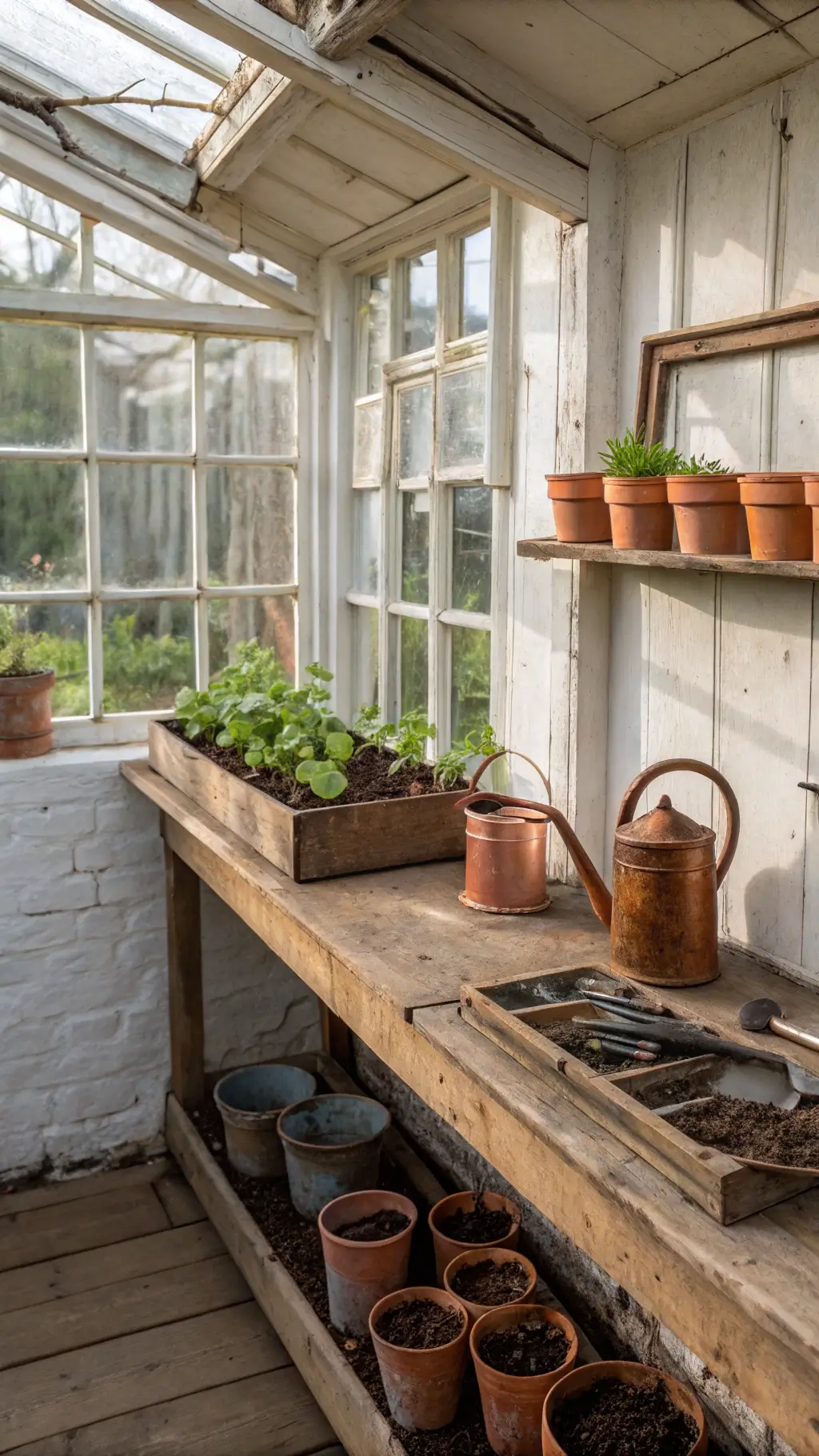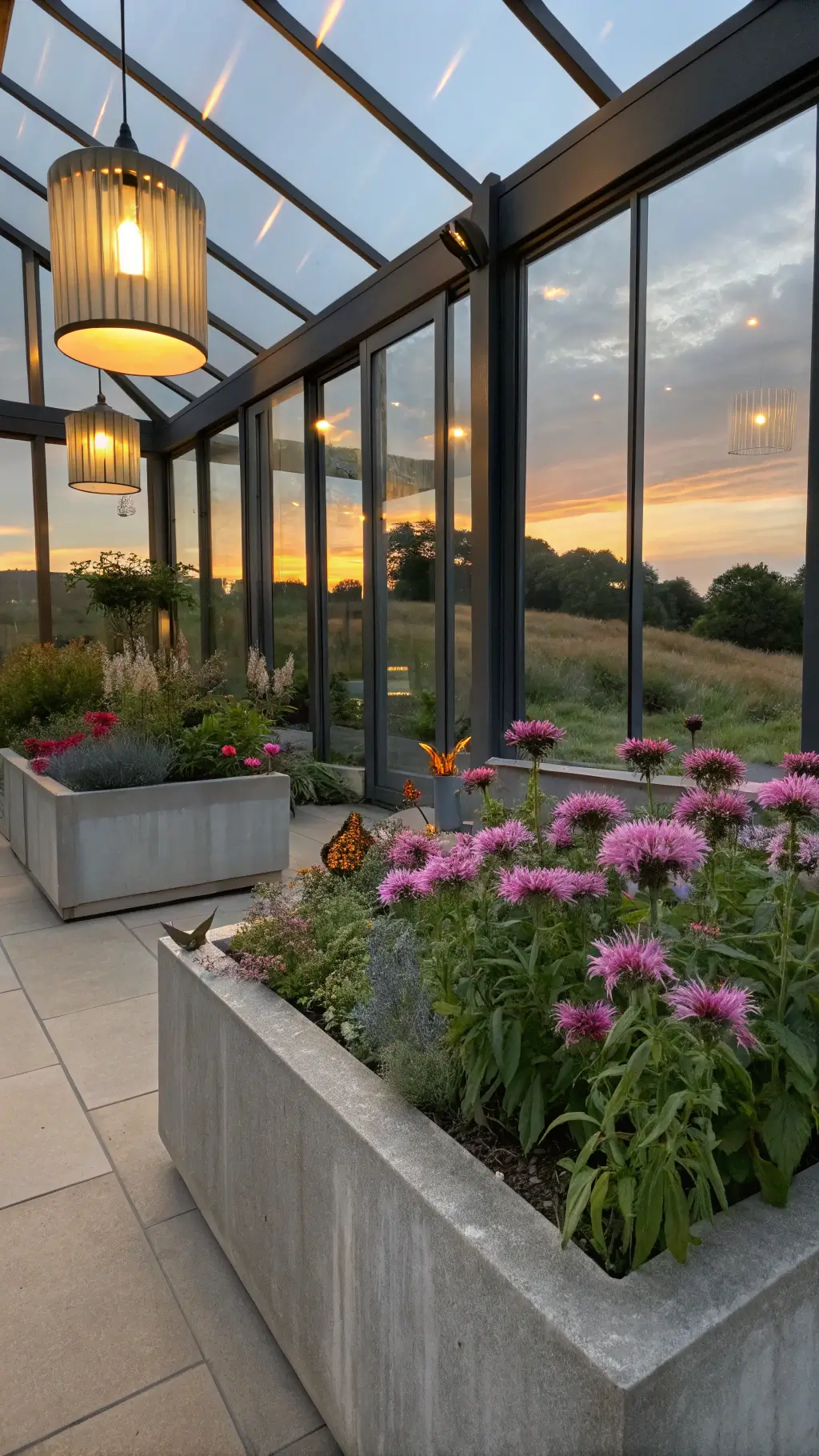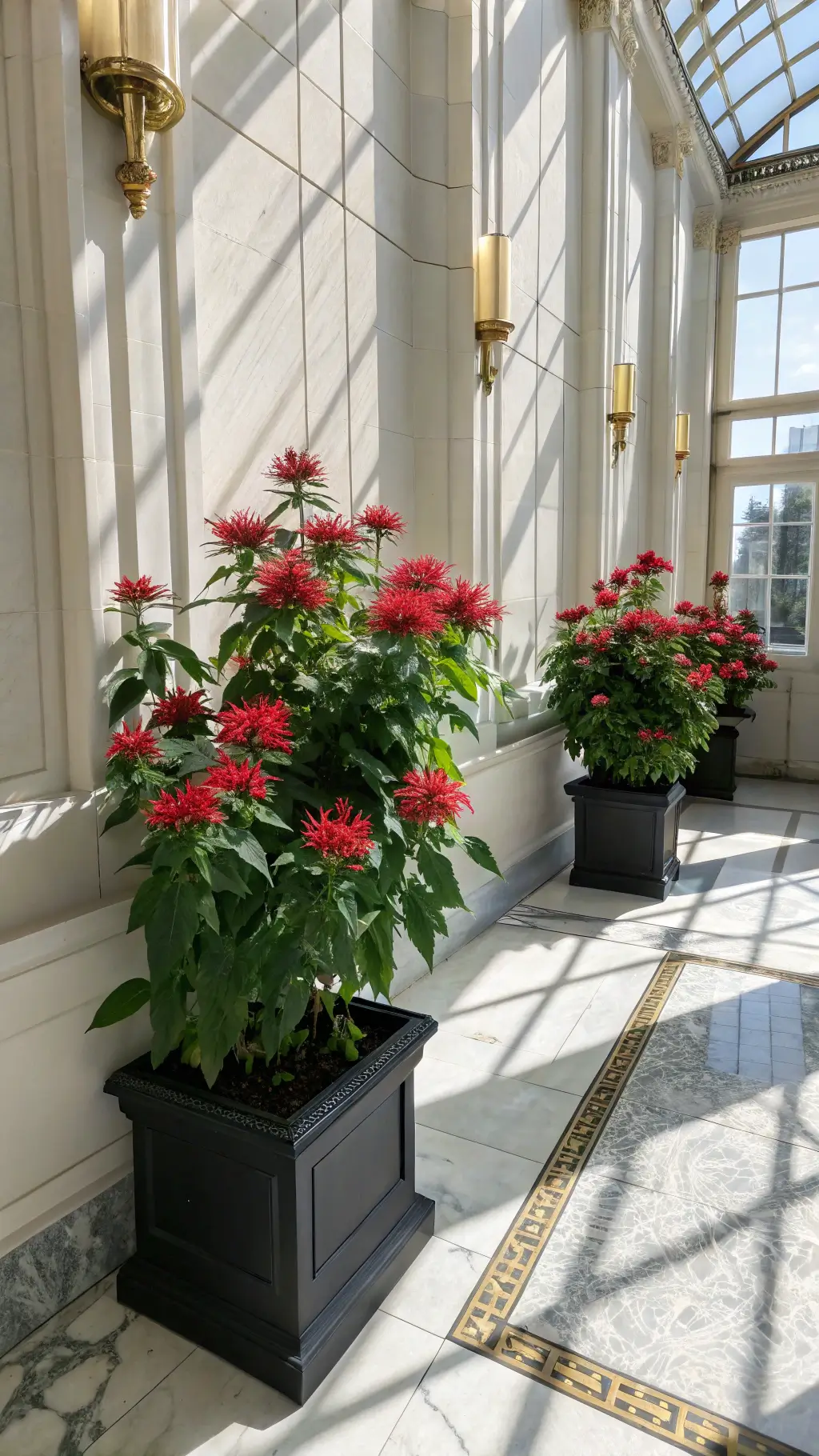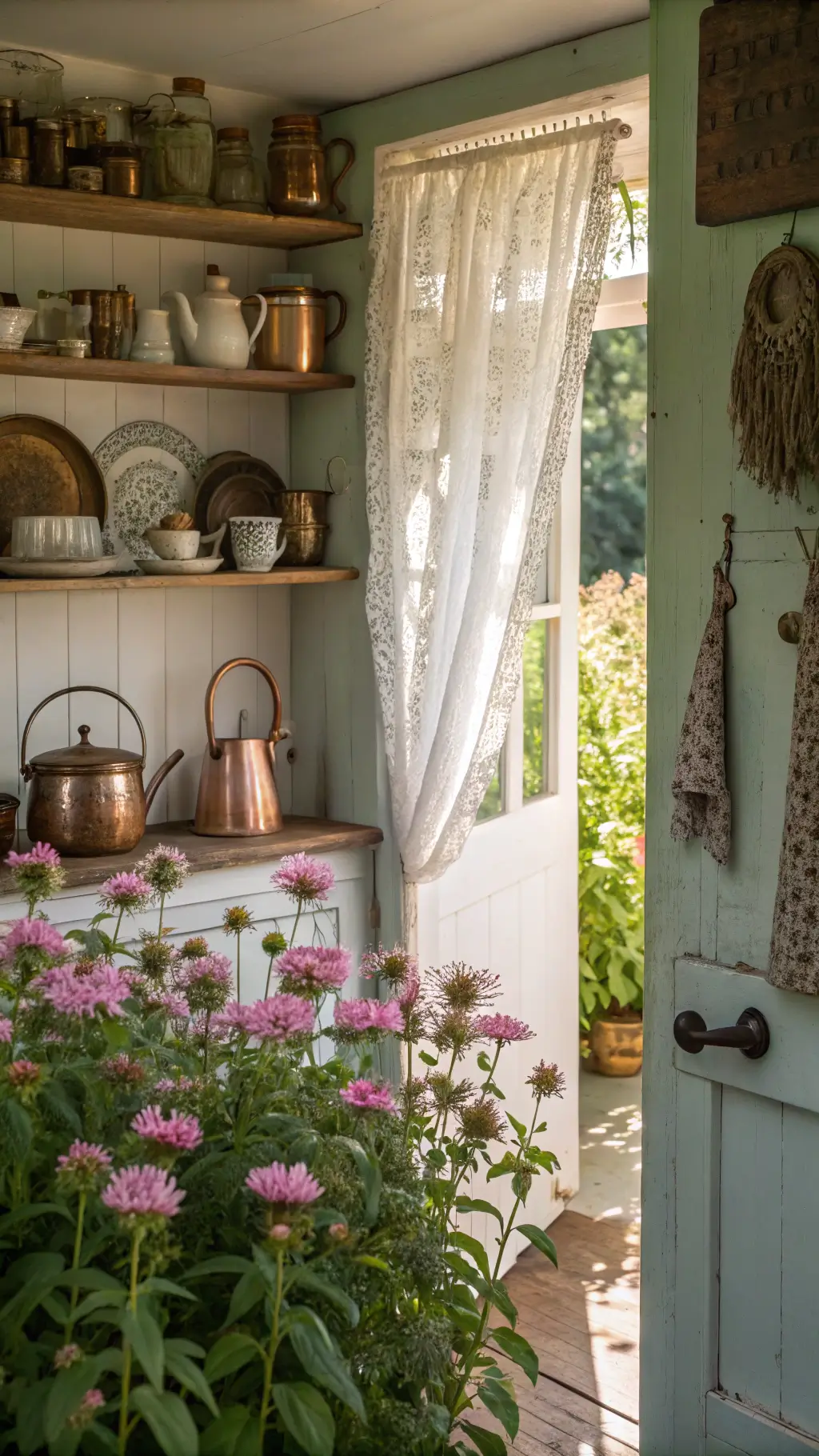What Makes Bee Balm the Ultimate Garden Companion?
Bee balm (Monarda) is more than just a pretty face in your garden. This native North American perennial is a pollinator magnet that brings:
- Explosive summer colors
- Irresistible fragrance
- Wildlife-friendly characteristics
- Low-maintenance gardening joy

Perfect Growing Conditions for Bee Balm Success
Sunlight and Soil Requirements
- Sunlight: Full sun to partial shade is bee balm’s sweet spot
- Soil pH: Aim for 6.0-6.7 for optimal growth
- Soil Type: Loves well-drained soil, but surprisingly tolerant of clay
- Hardiness: Thrives in USDA zones 4-9
Planting Pro Tips
- Spacing: Give each plant 18-24 inches of breathing room
- Timing: Plant in spring or fall after frost danger
- Soil Prep: Mix in compost before planting for extra nutrition

Care and Maintenance: Keeping Your Bee Balm Happy
Watering and Maintenance
- Water regularly until established
- Mulch to retain moisture and control weeds
- Divide plants every 3-4 years to prevent overcrowding
- Cut back stems in late fall or early spring

A Garden Showstopper: Bee Balm’s Impressive Features
Size and Appearance
- Height: 2-4 feet tall
- Width: 2-3 feet spread
- Flower Colors: Red, pink, purple, white
- Unique Trait: Minty-scented leaves when crushed

Wildlife Magnet: Why Pollinators Love Bee Balm
Bee balm is like a five-star restaurant for:
- Bees
- Butterflies
- Hummingbirds
Bonus: Deer and rabbits typically leave it alone!

Top Varieties to Try in Your Garden
- ‘Jacob Cline’ – Vibrant red with mildew resistance
- ‘Raspberry Wine’ – Stunning raspberry-red blooms
- Wild Bergamot (Monarda fistulosa) – Native lavender variety
Unexpected Bee Balm Perks
- Fresh cut flowers for your home
- Herbal tea from leaves
- Natural garden biodiversity booster
Pro Gardener’s Insider Tip
The secret to stunning bee balm? Good air circulation and proper spacing. This prevents disease and keeps your plants looking spectacular year after year.

Final Thoughts: Your Garden’s New Best Friend
Bee balm isn’t just a plant – it’s a living, breathing ecosystem creator that brings color, life, and joy to your outdoor space. Whether you’re a seasoned gardener or a weekend warrior, this native beauty is your ticket to a vibrant, pollinator-friendly landscape.
Ready to transform your garden? Bee balm is waiting to make its grand entrance!
